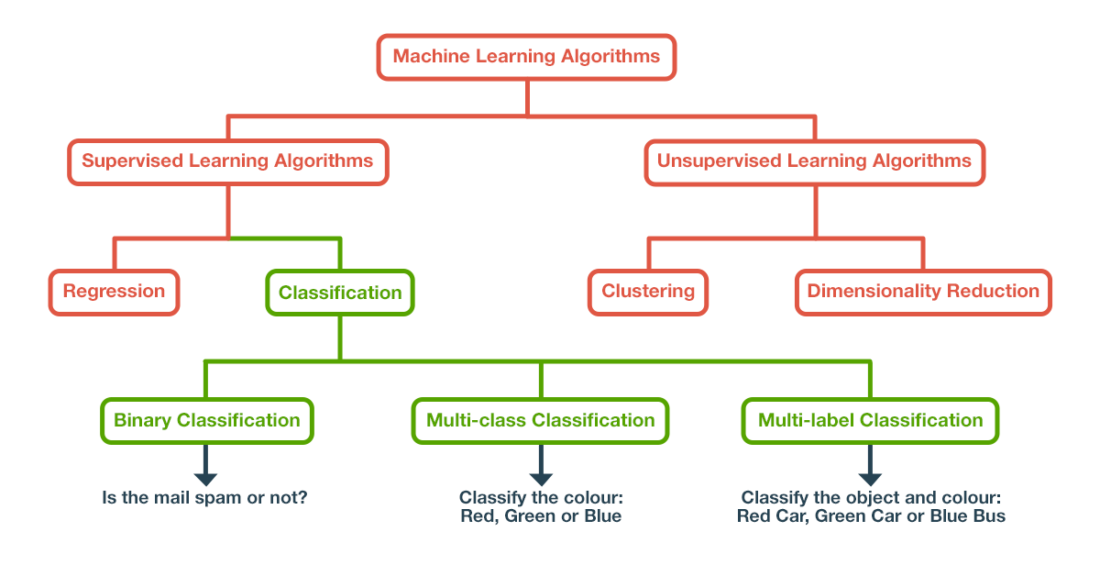Let me start by asking a very basic question. What is Machine Learning? Machine learning is the process of teaching a computer system certain algorithms that can improve themselves with experience.
A very technical definition would be,
“A computer program is said to learn from experience E with respect to some task T and some performance measure P, if its performance on T, as measured by P, improves with experience.” – Tom Mitchell, 1997
Just like humans, the system will be able to perform simple classification tasks and complex mathematical computations like regression. It involves the building of mathematical models that are used in classification or regression.
To ‘train’ these mathematical models, you need a set of training data. This is the dataset over which the system builds the model. This article will cover all your Machine Learning Classification needs, starting with the very basics.
Here, we will talk about:
- Supervised Learning
- Unsupervised Learning
- Types of Supervised models
- Types of classification
- Classifier Models
- Hyperparameter Tuning
- Performance Evaluation
- Using SVC for Trading
- Resources to learn Machine Learning
- Summary
The mathematical models are divided into two categories, depending on their training data – supervised and unsupervised learning models.

Supervised Learning
When building supervised learning models, the training data used contains the required answers. These required answers are called labels. For example, you show a picture of a dog and also label it as a dog.
So, with enough pictures of a dog, the algorithm will be able to classify an image of a dog correctly. Supervised learning models can also be used to anticipate continuous numeric values such as the price of the stock of a certain company. These models are known as regression models.
In this case, the labels would be the price of the stock in the past. So the algorithm would follow that trend. Few popular algorithms include
- Linear Regression
- Support Vector Classifiers
- Decision Trees
- Random Forests
Stay tuned for the next installment in this series to learn about Unsupervised Learning.
Visit QuantInsti for additional insight on this topic: https://blog.quantinsti.com/machine-learning-classification/
Disclaimer: All investments and trading in the stock market involve risk. Any decisions to place trades in the financial markets, including trading in stocks or other financial instruments is a personal decision that should only be made after thorough research, including a personal risk and financial assessment and the engagement of professional assistance to the extent you believe necessary. The trading strategies or related information mentioned in this article is for informational purposes only.
Disclosure: Interactive Brokers
Information posted on IBKR Campus that is provided by third-parties does NOT constitute a recommendation that you should contract for the services of that third party. Third-party participants who contribute to IBKR Campus are independent of Interactive Brokers and Interactive Brokers does not make any representations or warranties concerning the services offered, their past or future performance, or the accuracy of the information provided by the third party. Past performance is no guarantee of future results.
This material is from QuantInsti and is being posted with its permission. The views expressed in this material are solely those of the author and/or QuantInsti and Interactive Brokers is not endorsing or recommending any investment or trading discussed in the material. This material is not and should not be construed as an offer to buy or sell any security. It should not be construed as research or investment advice or a recommendation to buy, sell or hold any security or commodity. This material does not and is not intended to take into account the particular financial conditions, investment objectives or requirements of individual customers. Before acting on this material, you should consider whether it is suitable for your particular circumstances and, as necessary, seek professional advice.















